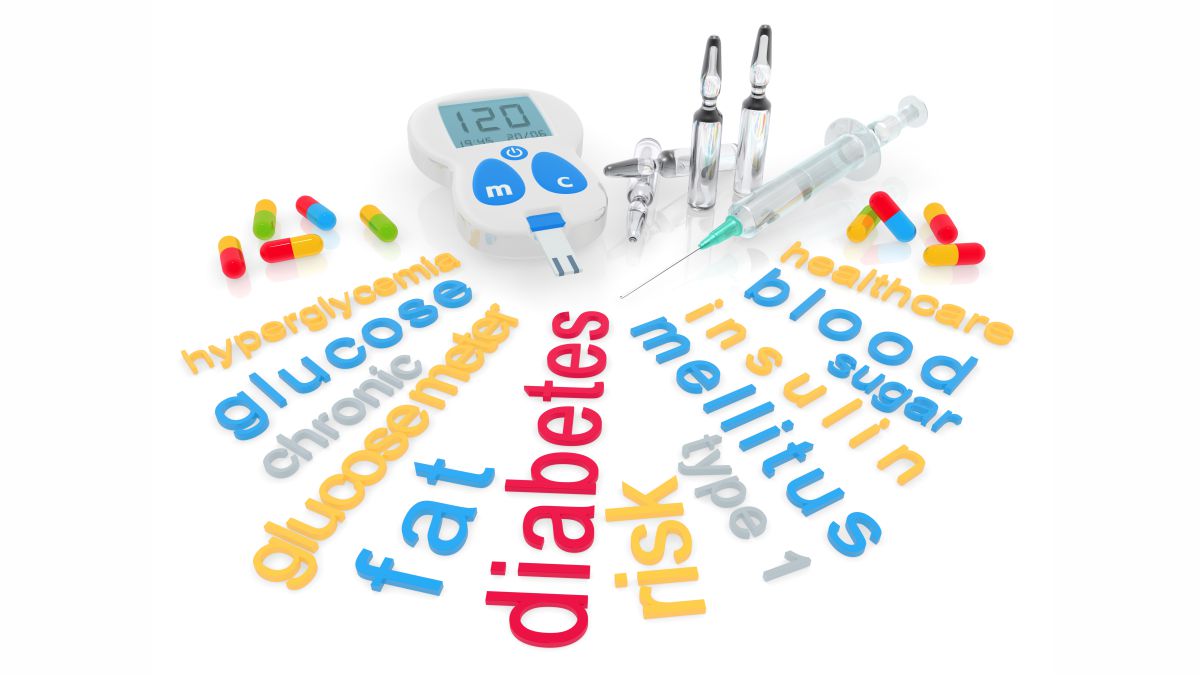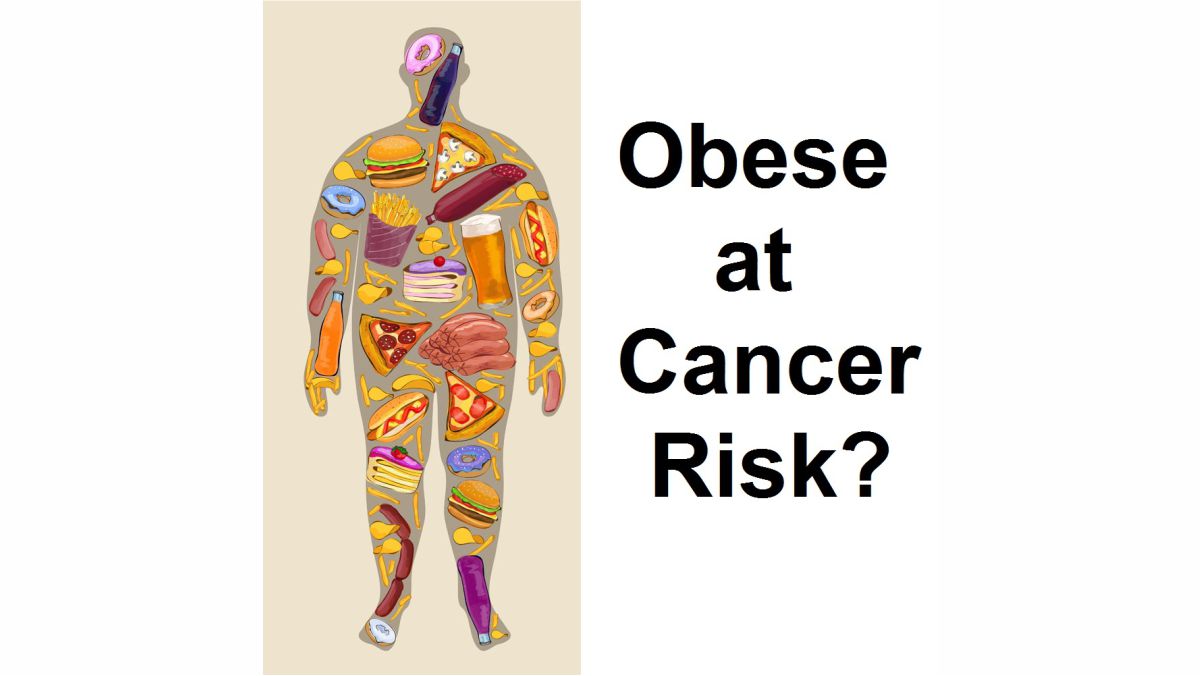How does a lab run Quality Control?
Quality is a desire for everybody who pays. It is considered a value for money identity and also something that arises out of policies and practices in place.
Quality management in processes and services is a serious business and in patient care and management involving diagnosis and treatment, it is a need and becomes a great value add. Routines in any diagnostic laboratory include every step from sample collection, to testing and further ensuring right report to the right patient/client. Though following ethics and international quality practices is a conscientious road, without documentary evidences, they stand null and void. Quality Management System (QMS) becomes the Holy Grail for any lab to document all the quality practices proposed, promised and proven to be in use. The proof is quality certifications like NABL and CAP which a laboratory earns.
Quality Control (QC) facts:
- Procedures and results aid in validation of instrument performance as well as add reliability to patient results
- Involves use of certified reference material and further statistical process controls
- The material used is similar to biological fluids tested and is made from blood, serum, urine or spinal fluid
- It is pre-packaged and available in liquid or lyophilized state having known concentration of analytes
- These are available in different concentration ranges to include both clinically normal and abnormal ranges for every analyte tested The QC process
- The QC materials are to be processed in the same way as patient samples
- Good quality practice involves testing both normal and abnormal levels of QC material each day
- Frequency of testing QC material also depends on workload for the test and hence is tested in three stages – Pre, mid and post QC stages
- Results from all the QC runs are evaluated to validate reporting vs. pre-defined ranges
The QC process does not stop with running the QC material in the machine and ensuring compliance, but beyond that to assess minor or major outliers using statistics. The clinical result of the patient report can fall in any end of the reporting spectrum and hence statistical backbone like Mean and Standard Deviation when applied to the combined QC database, will help the lab to monitor any non-performance.
“A practice that arises out of due diligence; QC processes lie in a roadmap which a laboratory can never decline to hold”










